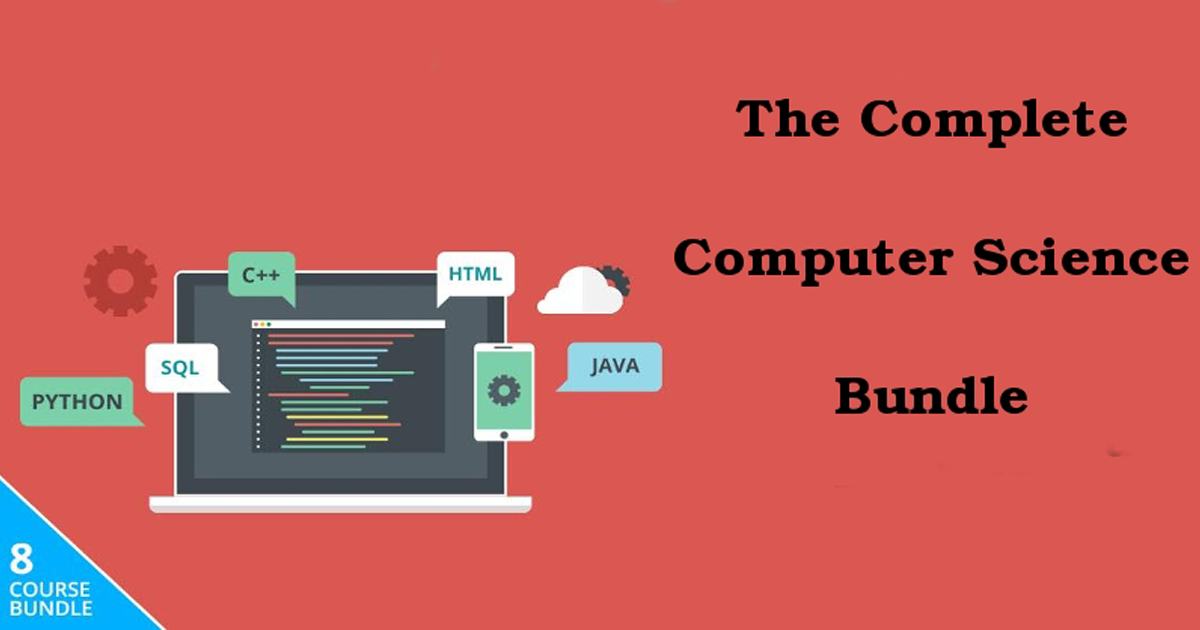In the IT world, there’s always more to learn. You can say you’re an IT specialist, but no one ever truly becomes an expert. That is because, no matter how much you know or how quickly you learn, new technology always becomes available that drives this industry forward with amazing rapidity.
Even if you don’t know very much about IT, it’s helpful to learn at least a little bit about it if you own your own company or if your business entity is active online. To that end, we’ll discuss infrastructure as a service in this article.
It’s a logical starting point if you want to learn about some IT basics. We’ll also talk about three of the best infrastructure as a service options in which your company might want to invest.
What Exactly is Infrastructure as a Service?
Some IT individuals abbreviate infrastructure as a service as IAAS. You probably already know the word infrastructure. Most people think of it as something’s inner workings, like a city, a company, or even a household.
IAAS refers to an online service you can buy or rent as a package. It provides various high-level APIs, or application programming interfaces.
You use these APIs for dereferencing assorted low-level underlying network infrastructure details. Those might include scaling, backup capabilities, security services, location, data partitioning, and physical computing resources such as servers.
There are all kinds of additional IAAS components, such as SSH keys. SSH keys are secure shell keys, and they’re one of several possible foundational elements you’ll find in IAAS protocols. We will not get into a lot of detail on that, though, since that would require an entirely new and lengthy article.
For our purposes, we’ll just say that IAAS is an option for your company if you want to keep careful track of a lot of vital online network infrastructure details. Since many businesses have to do this, it makes sense that IAAS is very popular at the moment. Now, let us look briefly at three of the most common ones you’ll find that you might want to consider purchasing.
Microsoft Azure
Microsoft Azure is a cloud-based platform with which many IT individuals are familiar. It has a lot of fans because it is fairly intuitive. Even an IT novice can often learn how to use it relatively quickly, or at least some of its basics.
It combines more than 200 functionalities. You can use it to manage, run, or build all kinds of applications. You can also use it both in the cloud and with on-premises hardware, which is not true with some of the other IAAS options in which you might take an interest.
Google Cloud
Some workers in the IT community shorten Google Cloud Platform as Google Cloud. It’s another IAAS option, this one capable of running on the same infrastructure as the Google search engine that is so wildly popular. They perfectly complement each other.
You can utilize it to keep track of Google Drive, Gmail, Google Search, and even YouTube if you’re active on all of those. With this option, you can use both hardware and software products that coexist remotely at scale and in data centers.
You set it up, and immediately you’ll see a web interface that you should be able to master before too much time passes. As a graphical user interface, you should recognize the features if you regularly use any of the other sub-elements we mentioned, such as Gmail, Google Drive, etc.
AWS
AWS stands for Amazon Web Services, and it’s an IAAS that you can use as a government, company, or individual. Some people don’t realize this, but AWS is now Amazon’s primary profit generator, not through-the-mail product purchasing, Amazon Prime streaming services, or anything else this behemoth produces or sells.
You can use it for online security, app development, email, various remote computing functionalities, server upkeep and maintenance, networking, storage, and more. Of the three we mentioned, this one
can probably do the most, which is why it’s so successful.
Which One Should You Use?
If your company needs an IAAS option, you’ll likely find what you require with one of these possibilities. They share some functionalities, but each has some specific things it can do that the others can’t.
You will probably need to leave it up to your IT department to pick which one to get. At least now, when someone mentions IAAS, you will know what the term means.
Article by Born Realist






